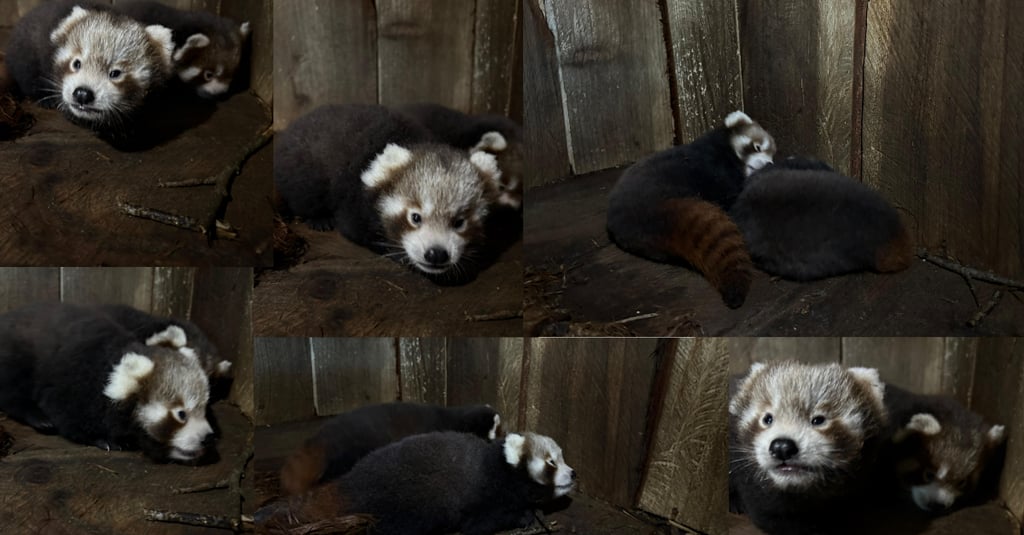After seven years, Red Panda cubs born at Gangtok’s Himalayan Zoological Park
The female’s gestation lasts for about five months, after which cubs are usually born between June and August.
LOCAL


The Himalayan Zoological Park in Bulbuley, Gangtok, has welcomed two red panda cubs into the world. Born on June 15, 2025, to red panda parents Lucky (II) and Mirak, this pair of cubs brings new hope to the endangered species and the ongoing Red Panda Conservation Breeding Program of the park.
This birth is not just a joyful moment, but a deeply significant one. For the last seven years, the park had seen no successful births of red pandas. The main reason was the deadly outbreaks of Canine Distemper, a virus that had nearly wiped out the park’s captive red panda population. Overcoming such a setback has not been easy, and the birth of these cubs is a sign that the dedicated efforts of the park staff are finally bearing fruit.
The breeding program at the Himalayan Zoological Park started in 1997, with a female red panda named Preeti, brought in from Rotterdam Zoo, and a male named Jugal, from the Padmaja Naidu Himalayan Zoological Park in Darjeeling. Their offspring became the starting point for what is now one of India’s most important red panda conservation projects. In 2005, a wild-origin pair named Lucky and Ram were added to the breeding program to ensure greater genetic diversity.
Every red panda born in the park is carefully monitored and tracked through both national and international studbooks. This helps maintain a healthy gene pool and allows for cooperation with breeding programs across the world. The current cubs’ parents, Lucky (II) and Mirak, are part of this larger conservation network.
Red pandas are known to breed during the winter season, from November to January. The female’s gestation lasts for about five months, after which cubs are usually born between June and August. The animals prefer to build warm, hidden nests to keep their young safe. In a rare sight, both Lucky (II) and Mirak were seen working together to prepare the nest, even though usually the mother is the only one involved in this process. Despite the father's help in nest-building, the responsibility of raising the cubs still lies with the mother. She teaches them how to climb trees, forage for food, and avoid danger.
At this young stage, red panda cubs are highly vulnerable. If disturbed by humans or predators, the mother may even abandon them. To prevent any such risk, the cubs will not be shown to the public for now. They will stay with their mother for more than a year, slowly growing and learning important survival skills. By 12 months, they will reach full size, and by 18 months, they will be old enough to breed. At that stage, experts at the park will check their health and compatibility to decide how they can best contribute to the future of the red panda species.
